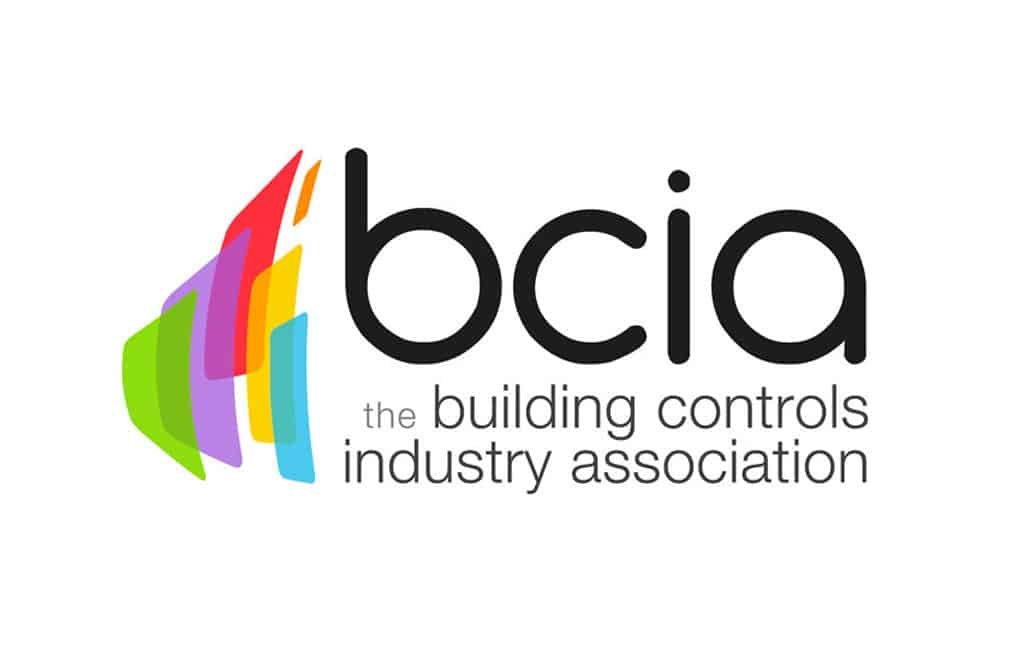Increasing female representation to help reduce the BEMS skills gap
While male and female representation in the building energy management systems (BEMS) sector, and the built environment as a whole, is slowly heading towards a more even balance, encouraging more young females to start careers in this fascinating industry could play a crucial role in reducing the growing skills gap.
With International Women in Engineering Day having just taken place on Monday, there’s no better time to look at what the sector can do to increase the number of female professionals in science, engineering, and ICT.
Even more so, when you consider the latest reports from Engineering UK, that revealed women only represent 16.9% of the UK’s engineering and technology workforce, compared to the 56% of female representation in other professional sectors.
Increased apprenticeship and placement opportunities
Around 31% of UK construction workers are aged between 50 and 64, meaning the BEMS sector, and the broader built environment, is crying out for more young talent to help reduce the skills gap. Despite that, the industry tends to look for ready-made people.
With that in mind, the sector should look to invest in more high-level apprenticeships and workforce development as a whole. Companies across the industry and the built environment can help drive this forward by opening up further placement opportunities and apprenticeship schemes. As a result, this will benefit their workforces and ensure a greener and greater future for the building automation sector.
Additionally, industry leaders, policy makers, and the BCIA need to collaborate to increase investment in higher-level apprenticeships to bridge the gap between actual and foundational industry experience.
Increase awareness through simplifying information
For many young females currently at school that have a real passion for engineering, sustainability, or software, access to information about the fascinating career opportunities this sector can present can be scarce.
By providing hands-on experience with tools used in the field and illustrating how to use them correctly, or enabling industry professionals to talk to local school and college pupils about the important role building automation will play in the fight against climate change, awareness can be substantially increased.
Simplifying the language used when detailing design, manufacture, specification and installation of BEMS can also help demystify the industry for young people currently hesitant to invest in apprenticeships or training because they believe roles are too technical for them.
This increased transparency and communication can help female students and anyone soon-to-be leaving education to make more informed decisions about their futures.
More inclusive workplaces
Female professionals can sometimes have concerns over balancing personal lives and work. With that in mind, business owners should consider implementing flexible work schedules and family-friendly benefits to encourage more women into the sector.
Furthermore, the creation of an inclusive and supportive workplace that values women and men equally could be achieved through unconscious bias training for those involved in promotions and hiring decisions.
Showcasing successful female engineers and consultants could also help inspire young girls and highlight how women can excel in the sector.
While STEM apprenticeship figures reveal a slight rise in female participation, climbing from 15.8% in 2022 to 17.7% in 2024, there is much more for the BCIA and industry leaders to do to encourage more female professionals into the sector.
